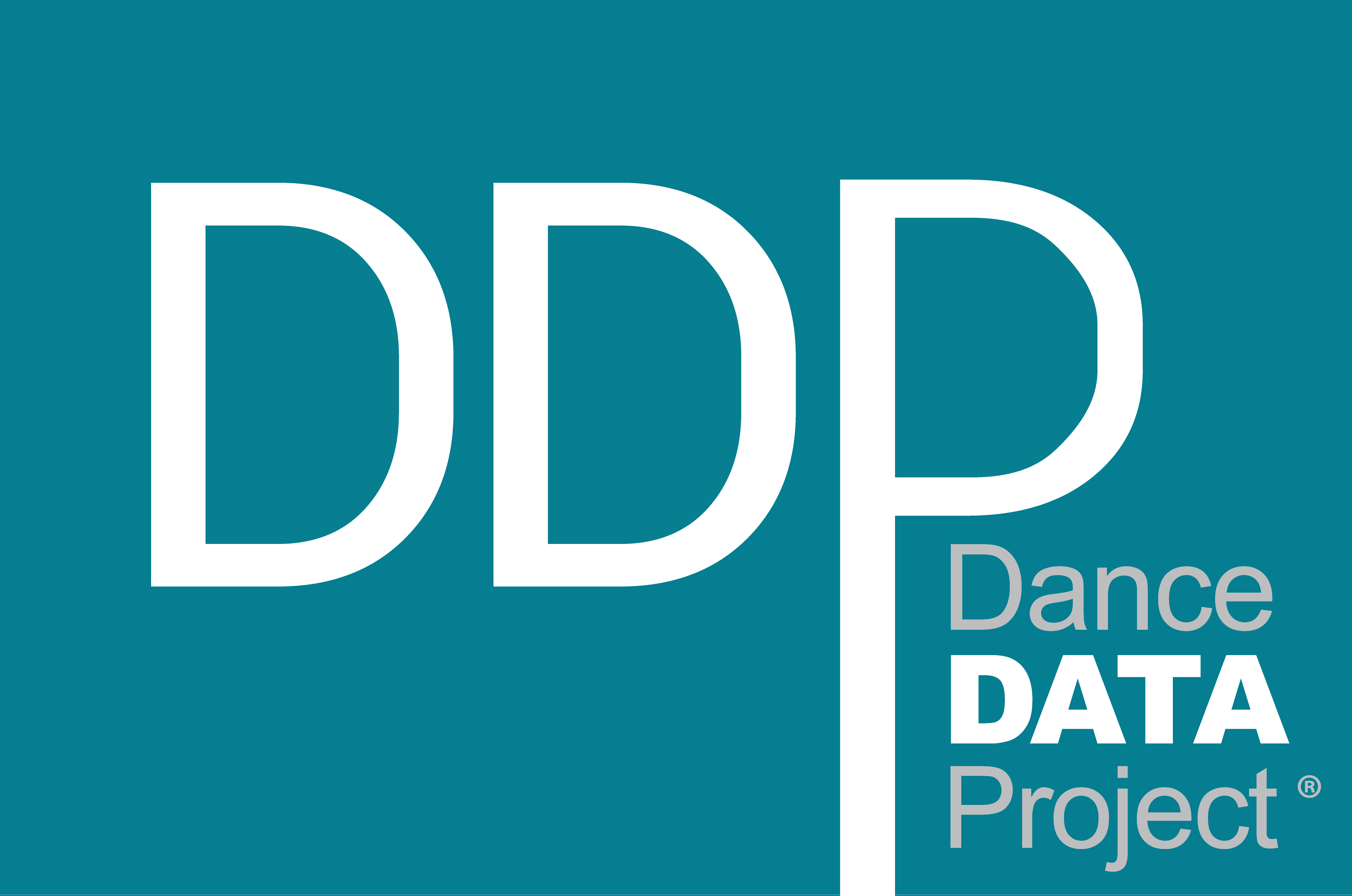The New York Times: Lesbians in Ballet: ‘Has Anyone Like Me Ever Walked These Halls?’
"The Devil Ties My Tongue" by Amy Seiwert performed for the SKETCH Series, 2013. Photo by David DeSilva. Courtesy of Amy Seiwert's Imagery
April 30th: South Arts: Professional Development & Artistic Planning Grants, April 30th: South Arts: Express Grants, May 6th: Doris Duke Foundation Grant, May 7th: South Arts Individual Artist Career Opportunity Grant, May 27th: Dancemakers Residency, June 1st: Miami DanceMakers
×
"The Devil Ties My Tongue" by Amy Seiwert performed for the SKETCH Series, 2013. Photo by David DeSilva. Courtesy of Amy Seiwert's Imagery
1 June 2021
By Siobhan Burke
As a teenage ballet student in the 1990s, Katy Pyle had no interest in dating: not boys, not girls, not anyone. A serious love interest — all consuming, really — was already in the picture: ballet.
“I didn’t have space for any other relationships in my life,” Pyle, who uses the pronouns they and them, said in a phone interview from their home in Brooklyn. “It’s silly, but that was my true love.”
Looking back now, at 40 — as a genderqueer lesbian and the founder of the joyful, iconoclastic ballet company Ballez — Pyle can see that relationship more clearly, how it kept them from knowing their full self. Growing up, they knew many openly gay male dancers. But in Pyle’s mind, they said, to be a ballet dancer, gay and a woman “just wasn’t a possibility.”
“I truly was a stranger to myself until I got out of ballet,” said Pyle (who notes that while they are a lesbian and feminist, they don’t fully identify as a woman). “I did not ever know a lesbian in ballet in my training, and it was hard to even find lesbians in the culture at large. There was a real lack of representation, which kept me closeted and confused.”
As Pyle observed from a young age, ballet — a form based in rigidly gendered aesthetic values — is not a world without queer people. But those who are most visible, and have been historically, are gay men. To be a lesbian in ballet, or queer and not a man, is often to feel like the only one, to wonder, in the words of the choreographer Adriana Pierce, who trained at the School of American Ballet: “Has anyone ever done this? Has anyone like me ever walked these halls?”
Ballet upholds narrow ideals for everyone: for men, the archetype of the chivalrous prince; for women, the elusive swan or sylph. Women are expected to look weightless (an image reinforced by the pointe shoe), men more outwardly muscular. Men learn to lift, women to be lifted. In classrooms, strict male and female dress codes often apply.
But within these confines, women typically face greater pressure to conform, in part because there are more of them; competition is steeper. As Pyle puts it: “If Katy Pyle is not living up to the expectations of how to be, there are 20 other young women who want that place.”
Challenging those expectations can be risky and isolating. But more celebrations of difference are emerging. Over the past year, aided by the downtime of the pandemic and the ease of meeting online in the age of Zoom, queer ballet dancers, in particular those socialized as women in their training, have been forging stronger networks and creating work that affirms they’re not alone.
To read the full piece, click here.
Reach out to us to learn more about our mission.
"The Devil Ties My Tongue" by Amy Seiwert performed for the SKETCH Series, 2013. Photo by David DeSilva. Courtesy of Amy Seiwert's Imagery

 Dance Data Project® Welcomes Six New Team Members to its Summer 2021 Cohor...
Dance Data Project® Welcomes Six New Team Members to its Summer 2021 Cohor...
Leave a Reply
Want to join the discussion?Feel free to contribute!